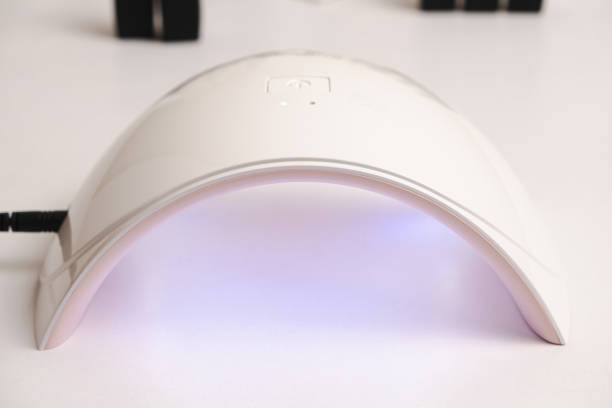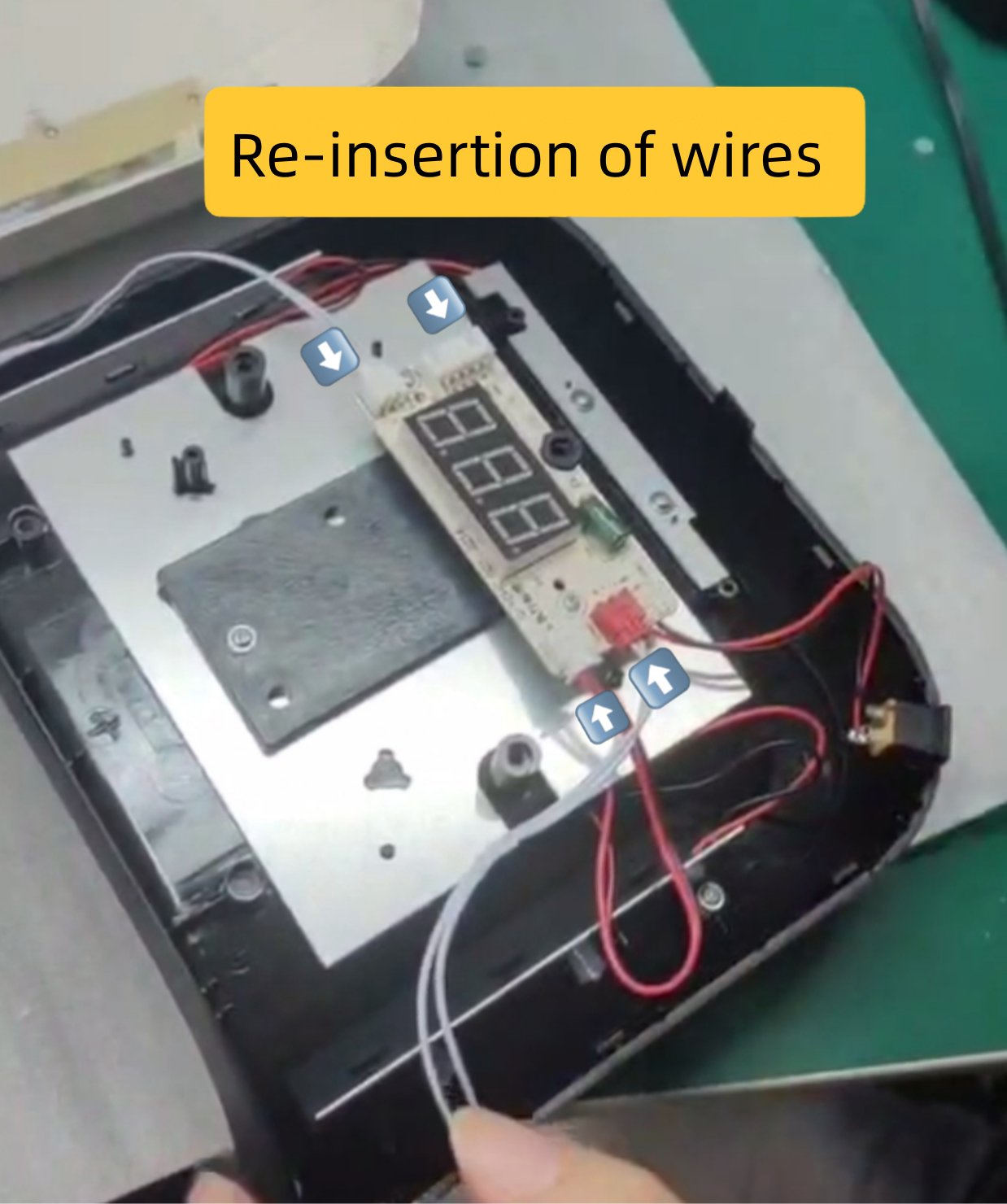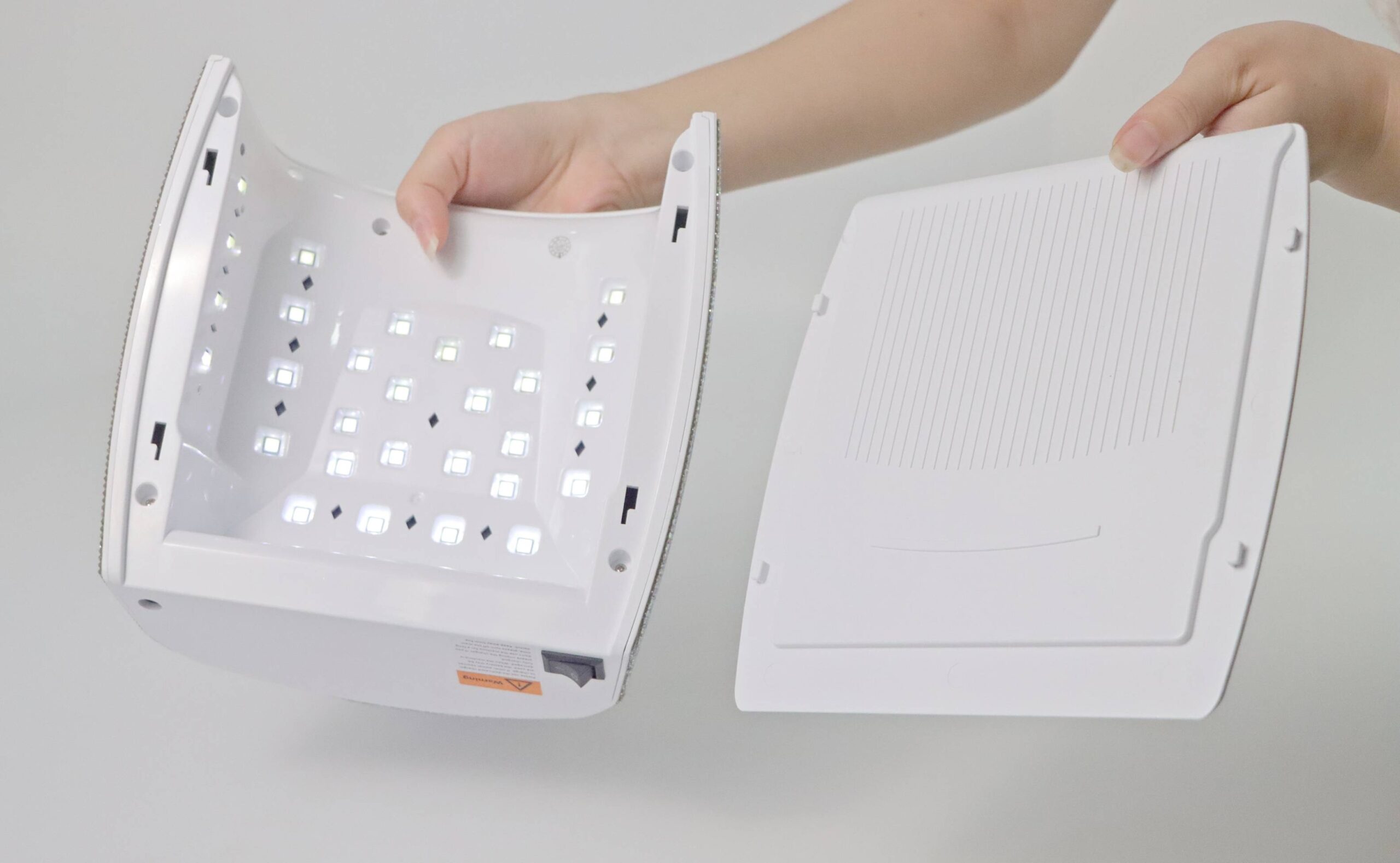
See how 300+ brands are creating value with Iksbeauty.
Embarking on the creative voyage of nail art, nail lamps emerge as quintessential companions. Have you ever wondered, ‘Why is my nail lamp not working?’ This comprehensive guide not only delves into the aesthetics and fortification of nail artworks but also highlights common issues and the detailed steps to address them. Yet, akin to any gadget, nail lamps harbor susceptibilities to glitches that may arise over time or through mishandling.
LED Nail Lamps
• Working Principle: LED (Light Emitting Diode) nail lamps cure gel polish by emitting light at a specific wavelength which triggers the polymerization process.
• Primary Usage: Ideal for curing LED-specific gel polish efficiently, generally within 30 to 60 seconds.
• Advantages: Energy-efficient, faster curing times, and longer lifespan compared to UV lamps.
UV Nail Lamps
• Working Principle: UV (Ultraviolet) nail lamps emit a broader spectrum of wavelengths, triggering the polymerization process in a variety of gel polishes.
• Primary Usage: Curing traditional UV gel polishes, taking around 2 to 3 minutes.
• Advantages: Compatible with a wider range of gel polishes.
UV & LED Dual Source Nail Lamps
• Working Principle: Combines both LED and UV light sources to cater to a broader range of gel polishes.
• Primary Usage: Versatile in curing both LED and UV gel polishes, offering a balance between speed and compatibility.
• Advantages: Combines the benefits of both LED and UV lamps, adaptable to various types of gel polishes.
Power Issues: Ensure the power cord is securely connected, and the outlet is functioning. If the lamp still doesn’t light up, the capacitor on the main board might be damaged due to long-term use, or there could be a short circuit in the internal wiring.
Bulb Degradation or Damage: Bulbs may lose efficiency or get damaged over time, whether they are LED or UV.
Timer or Sensor Malfunctions: Examine the timer settings and sensor functionality.
Circuit Problems: Inspect for any loose connections or damaged circuits. If there’s a loose connection, especially at soldering joints, have it re-soldered.
1. Plug in and check if all functions are non-operational or only certain ones are affected.
2. Dismantle the nail lamp to inspect any loose wiring, particularly at soldering joints, and have them re-soldered if necessary.
3. Reconnect the wires, ensuring they are securely plugged in.
4. If the problem persists, capture images of the internal components and seek guidance from the seller or manufacturer for further troubleshooting or repair advice.

Interior Cleaning:
• Unplug the lamp.
• Use a soft, dry cloth to gently wipe away any dust or gel residue from the interior surfaces and the bulbs.
• For stubborn residue, lightly dampen the cloth with isopropyl alcohol and wipe gently.
Ventilation System Maintenance:
• Ensure the lamp is unplugged.
• Clear any dust or debris blocking the ventilation slots with compressed air.
• Inspect the fan (if applicable) for dust buildup and clean it using a small brush or compressed air.
• Unplugging the power adapter when not in use can also help extend its lifespan, as some adapters continue to draw current even when the lamp is off.

Incorporate real-life scenarios on how individuals diagnosed and resolved issues with their nail lamps. Here are some insights:
1. Common Issues and Solutions:
• Internal Electronic Circuit Board Malfunction: Nail lamps might stop due to issues with the internal circuit board. Professional repair is advised.
• Bad Power Adapter: The adapter might be faulty. If it has a burnt odor, it’s a sign. Replace it with a compatible one.
• Poor Connection: Ensure a clean connection between the power adapter and the lamp. Regular cleaning and gentle handling are recommended.
2. Troubleshooting Guide:
• Check Power Source: Make sure it’s plugged in and functioning.
• Inspect Bulbs: If not curing the gel, bulbs might be the issue. Replace with the correct ones.
• Ventilation System: Clear blockages to avoid overheating.
• Burning Odor: If detected, immediately turn off and unplug, as it’s a potential fire hazard.
1. Understanding the Types:
• LED Nail Lamps: Efficiently cure LED-specific gel polish within 30 to 60 seconds. Noted for their energy efficiency and extended lifespan.
• UV Nail Lamps: Takes a bit longer, around 2 to 3 minutes, but is versatile with a wider range of gel polishes.
• UV & LED Dual Source Nail Lamps: A hybrid solution, balancing speed and compatibility.
2. Technical Aspects:
• Wattage: High-wattage lamps cure faster. Typical ranges are from 24W to 48W. However, higher doesn’t always mean better.
• Wavelength: Ensure the lamp emits the right wavelength for the gel used.
• Intensity and Cure Times: Consider the intensity and the curing times offered.
3. Design & Functionality:
• Size and Portability: Essential for mobile technicians or those with limited space.
• Timer Features: Built-in timers guarantee accurate curing.
• Motion Sensors: Advanced lamps with sensors can automatically switch on/off, conserving energy.
Now that you’re equipped with the knowledge of why a nail lamp might not work and the solutions to fix it, you’re poised to ensure that your nail art sessions are uninterrupted and delightful. It’s always better to be informed and proactive in addressing technical glitches for a smoother DIY nail journey.
Social Sharing: If you found this guide valuable, please consider sharing it on your favorite social media platforms. Your support helps others get access to this crucial information!
Feedback and Comments: We truly value your thoughts and feedback! If our website’s setup permits, kindly leave your comments, questions, or experiences below.
16 Years
Experience
12 Months
Warranty
Monday - Sunday
24/7 Customer Support
Be the first to know about special offers, new innovations and more.
We will arrange for a specialist to contact you immediately.